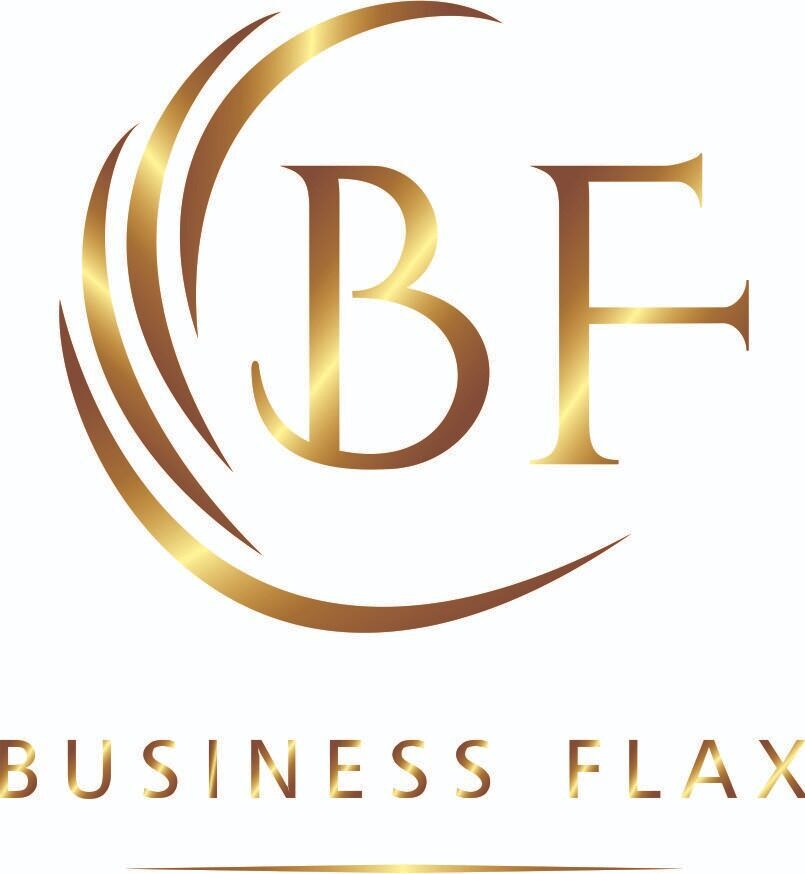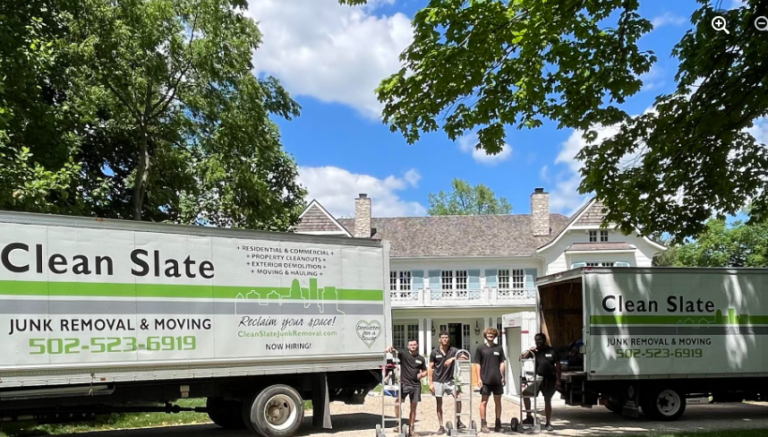How Safe Harbor Matching Can Simplify Your Retirement Plan Administration

What is Safe Harbor Matching?
Safe Harbor matching is a vital feature of some 401(k) plans that ensure employees receive a guaranteed employer contribution to their retirement savings. This matching contribution encourages employee participation and allows businesses to bypass specific IRS nondiscrimination testing. Different forms of Safe Harbor matching are available to employers, including fixed contributions made regardless of employee involvement or dollar-for-dollar matching up to a predetermined proportion of employee contributions. By offering these structured matches, companies can simplify plan administration and provide employees with added financial security. So, what is Safe Harbor matching? It refers to the specific employer contributions that help employees and employers meet retirement goals effectively.
Benefits of Safe Harbor Matching
Safe Harbor matching offers numerous advantages that extend beyond mere compliance. Businesses enjoy reduced administrative hassles, while employees are more likely to participate in the plan due to guaranteed matching contributions. This arrangement boosts employee morale and helps companies retain top talent. The promise of a match can potently induce workers to top up their retirement accounts, encouraging workers’ financial security.
Additionally, it eliminates the need for costly and time-consuming annual nondiscrimination testing, which can significantly burden plan administrators. This leads to cost savings and allows human resources departments to focus on strategic initiatives rather than compliance-related tasks. Furthermore, the simplified compliance requirements reduce the risk of costly penalties associated with failing IRS tests, providing the organization with financial security.
Compliance with IRS Regulations
The IRS mandates that retirement plans must meet specific criteria to be considered non-discriminatory. Meeting these criteria often involves complex annual testing. However, plans incorporating Safe Harbor matching automatically comply with most of these requirements, thus reducing the burden on the employer. According to IRS guidelines, Safe Harbor plans can avoid the usual testing processes, simplifying administration. This automatic compliance is especially beneficial for smaller businesses that may not have the resources to manage intricate testing processes.
Moreover, Safe Harbor compliance ensures that all employees receive equitable and fair treatment, regardless of their salary. This fosters a culture of inclusivity and equity within the organization. By providing a non-discriminatory plan, companies can better align their benefits strategy with their corporate values and commitment to diversity and inclusion. This alignment is increasingly essential in today’s business environment, where stakeholders expect organizations to demonstrate social responsibility and ethical business practices.
Reducing Administrative Burdens
Implementing a Safe Harbor plan can significantly ease the administrative burdens of managing a retirement plan. Traditional 401(k) plans require extensive record-keeping and periodic testing to ensure compliance. With a Safe Harbor plan, the fixed matching contributions simplify these tasks, allowing HR departments to allocate resources more efficiently. Safe Harbor programs’ reduced procedures also lessen the possibility of mistakes and inconsistencies, which can cause problems with compliance and unhappiness among employees.
Furthermore, finance teams find it simpler to manage cash flows and develop future spending plans thanks to the predictable nature of Safe Harbor payments. Expectations from employees are predictable, fostering a more open and reliable working relationship between employers and employees. By reducing administrative complexity, businesses can concentrate more on organizational development and employee engagement rather than being burdened by concerns about regulatory compliance.
How to Implement Safe Harbor Matching
Setting up a Safe Harbor matching plan involves several key steps. First, determine which type of Safe Harbor match—basic, enhanced, or non-elective—best suits your organization’s needs. Each type has different matching formulas and employer contribution commitments, so evaluating your company’s financial position and workforce demographics is essential. Notifying employees about these changes and providing educational resources can help ease the transition. Proper communication is crucial to ensure that employees understand the new plan’s benefits and how it impacts their retirement savings.
Lastly, update your retirement plan documents to reflect the new matching contributions. This ensures that the plan complies with legal requirements and is transparent to all stakeholders. Getting help from a retirement plan consultant or financial advisor can make this process easier. They can offer expert advice and ensure the plan meets all legal standards. It’s also essential to conduct regular audits and reviews to keep the plan effective and compliant.
Real-World Examples
Real-world examples highlight the effectiveness of Safe Harbor matching. For instance, a mid-sized tech company in Texas saw a significant increase in employee participation rates after introducing a Safe Harbor plan. Due to the guaranteed matching contributions, employees were more motivated to contribute to their 401(k) plans, leading to higher overall savings rates. Similarly, a healthcare organization reported lower administrative costs and higher employee satisfaction. These organizations found that the administrative simplicity and improved employee engagement far outweighed the price of the mandatory employer contributions.
Such tangible benefits underscore the practical advantages of Safe Harbor matching. By adopting this arrangement, companies can create a more robust and appealing benefits package that supports long-term financial security for their employees. This, in turn, enhances employee loyalty and reduces turnover, creating a more stable and productive work environment.
Conclusion
Safe Harbor matching provides a streamlined approach to retirement plan administration. Companies can offer attractive and compliant retirement plans by meeting IRS requirements and reducing administrative burdens. Ultimately, this increases employee retention and satisfaction, benefiting both businesses and workers. Safe Harbor matching is not just a regulatory tool but a strategic advantage that can enhance organizational efficiency and employee morale. As companies look to create comprehensive benefits packages that attract and retain top talent, Safe Harbor matching stands out as a valuable solution that combines compliance with employee well-being.
Read More: eNPS






